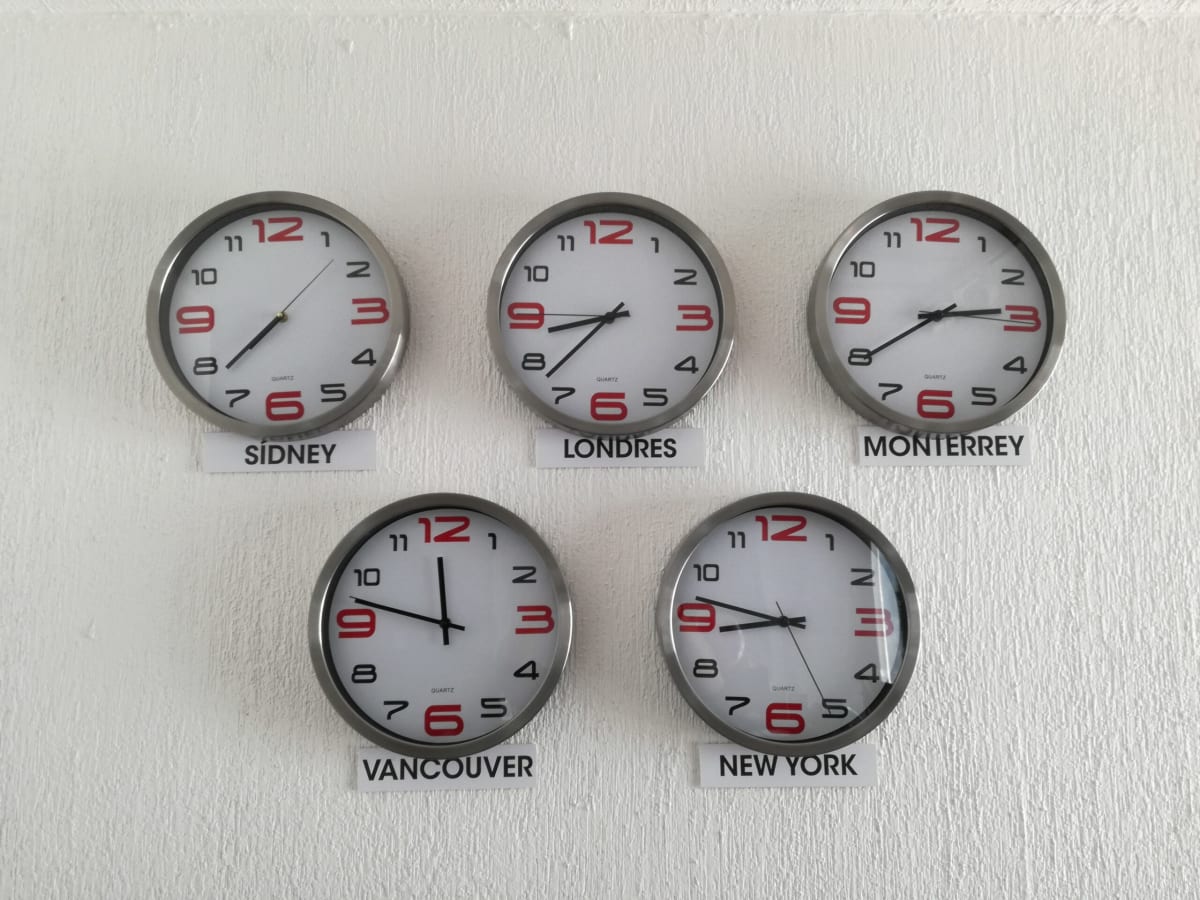Working across timezones
How remote can you get and still work with your favorite client? Working across timezones takes a little practice and some ingenuity, but you’ll get to explore the world and get paid.


Luis Cortes | Unsplash
As a remote workforce, we here at Gun.io have a strong stance on where you should be working from: wherever you’re happy, and that’s not just limited to the coffee shop up the street. Currently, that means every timezone in the U.S., one in Brazil, and wherever Steve wakes up that particular week, be it the U.K., Thailand, or Turkey.
Wherever in the world you want to be shouldn’t exclude you from working with clients across the pond, but it will take some dedication on your part. Let’s take a look at some of the ways you can make work-from-anywhere work for you.
Establish expectations
Right off the bat, everything we talk about here is based on the assumption that your client knows you’re in a vastly different timezone. Taking a working vacation for a week and nobody being the wiser is one thing; lying about where you are for the duration of a contract isn’t just poor form, it can cause a whole host of other issues around taxes, liability, and the like.
So to that end, you should be relying on the client to set their expectations around what they expect in terms of your availability. Do they want full-time availability during their working hours? That might mean a different sleep/activity schedule for you. Are there specific cross-over hours they would like to have you around? This could be a great way to structure your day, keeping some immediate availability for quick conversations. Do they just want a once-a-week check-in to make sure everything is on track? Great! You’ll want to get proficient with your written communication if so.
Update appropriate app settings
We’re all beyond familiar with messaging apps like Slack and Teams. If you’re working across timezones, you should make sure yours is correctly updated with your current location. This will not only keep people from messaging you during off hours, but also allows you to set your notifications to snooze when it’s outside your working hours.


Get familiar with the project management tools
Whatever tool the team you work with uses, it should be the sole source of truth. Messages and emails are easy to lose track of, so make sure that whatever you’re talking about across other communication tools makes its way into that ticket. Did you send an email about a blocker? Great, add a comment that says what the blocker is, who you emailed, and when. Aside from the ease of having everything in one place, it can also save your ass if a claim is made that you weren’t working on something.
Beef up your async communication skills
Communication is always a cornerstone of good relationships, but doubly so when you’re not working the same hours as your colleagues. In addition to keeping track of what you’re talking about in the PM tools, you need to be clear and concise with your requests.
When you’re making requests, include exactly what you need, and put a deadline on the response. “Do you have the API keys?” doesn’t tell us much about what you need, and if the person on the other end of that communication gets back to you with a “Nope, sorry,” eight hours later, you’ve basically wasted an entire day. “I need the Google Maps API key by 2pm your time tomorrow in order to finish this task.” It’s direct, says exactly what you need, and puts a deadline on when it needs to be returned to you to avoid it becoming a blocker.
Another fan favorite tool of ours that helps with async communication (and avoids a meeting when an email will do) is Loom. It can be hard to explain exactly what is happening with a problem or specific question, and writing it out doesn’t always help. With tools like Loom, you can record the screen AND record yourself, so intent isn’t lost and the client gets to see your pretty face.
Be present during your synchronous time
Traveling and seeing the world while you are making a living is a privilege most people will envy. Don’t blow it by slacking off during the times you are working face-to-face (as it were) with clients. If you have three or four hours of cross-over time with a client, make sure you’re online, reachable, and have sufficient internet to hop on meetings, answer calls, and sort through issues. You’ll set yourself up to be more productive once you’re on your own for the day, and will build trust with the client in showing them that “across the world” doesn’t mean “head in the clouds”.
Wrapping up
Whether you’re 200 miles or 2,000 kilometers from your client, working across timezones can be a really rewarding way to explore the kind of work-life balance we’re all looking for. As long as you stay organized, communicate clearly, and set realistic expectations, you’ll be successful at it.
Whether you’re looking for some temporary help or your next full time developer, let Gun.io help you find the right person for the job.
